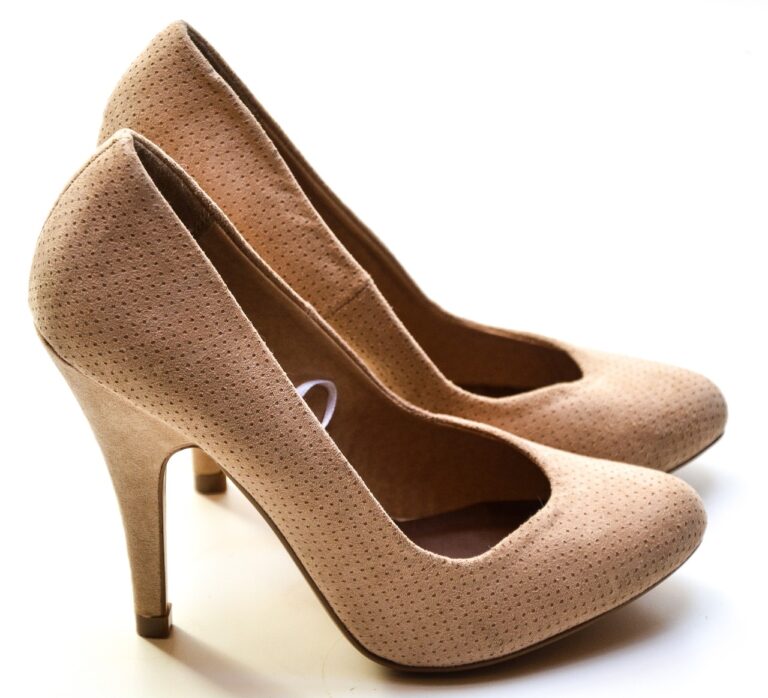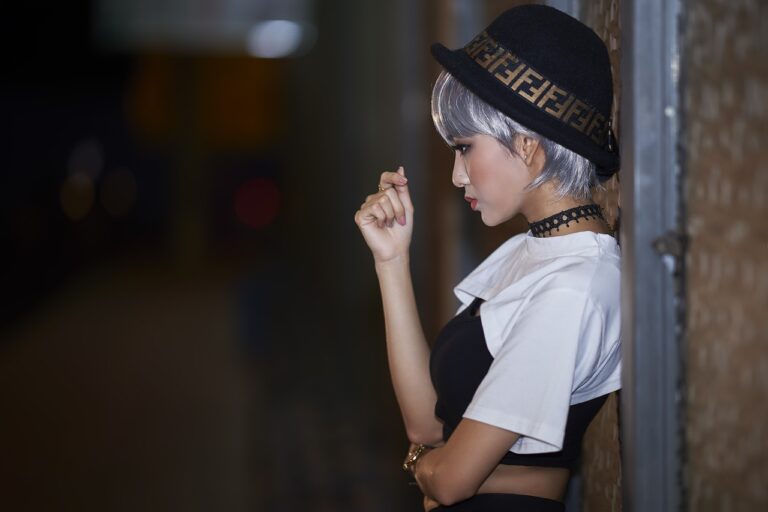The Intersection of Fashion and Literature: Analyzing Clothing Symbolism in Famous Novels
In literature, clothing often serves as a symbolic tool used by authors to convey important messages about characters and themes. The choice of attire can offer readers insights into a character’s personality, social status, and even their inner thoughts and feelings. By paying attention to the descriptions of clothing in a story, readers can gain a deeper understanding of the characters and the world they inhabit.
Furthermore, clothing can also be used to signify transformation or growth in a character throughout a narrative. Changes in a character’s wardrobe choices can mirror their emotional or psychological development, providing a visual representation of their journey or arc. The evolution of a character’s style can highlight pivotal moments in their lives and emphasize the shifts in their identity or beliefs.
Exploring the Relationship Between Fashion and Character Development
Fashion is a powerful tool in literature, often utilized by authors to convey deeper meanings about their characters. The style of clothing a character chooses can provide insight into their personality, social status, and even their values. For example, a character who always wears extravagant, high-end designer clothing may be seen as materialistic or concerned with outward appearances, while a character who dresses frugally in simple, practical garments may be viewed as more down-to-earth and modest.
In addition to reflecting individual characteristics, clothing choices can also represent changes in a character’s development throughout the story. A character who undergoes a transformation or growth arc may be depicted as changing their fashion style to reflect this internal shift. This evolution in clothing can serve as a visual cue to the reader, signaling that the character is undergoing a significant change or facing a new challenge. By paying attention to the fashion choices of characters in literature, readers can gain a deeper understanding of the complexity and depth of the characters’ personalities.
Symbolism of Clothing in Classic Novels
In classic novels, clothing often serves as a powerful symbol that conveys deeper meaning about the characters and their roles within the narrative. The attire chosen by the author to dress their characters can provide insightful clues about their personalities, social status, and inner struggles. For example, in “The Great Gatsby,” F. Scott Fitzgerald uses clothing to represent the superficiality and lavish lifestyle of the wealthy elite in the 1920s, with characters clad in expensive, ostentatious ensembles that mask their true selves.
Moreover, clothing can also symbolize transformation and growth in classic literature. In Charles Dickens’ “Great Expectations,” the protagonist Pip’s evolving wardrobe mirrors his changing identity and aspirations as he moves from a humble blacksmith’s apprentice to a refined gentleman. The transition from shabby, working-class garments to sophisticated, tailored clothing underscores Pip’s internal metamorphosis and the sociocultural journey he embarks on throughout the novel.
Why is clothing important in literature?
Clothing in literature serves as a powerful tool for character development and symbolism, often reflecting a character’s personality, social status, or inner thoughts.
How does clothing contribute to character development in novels?
The way characters dress can provide insight into their personality traits, social standing, or even their emotional state, helping readers to better understand and connect with the characters.
Can you give an example of how clothing symbolism is used in classic novels?
In “The Great Gatsby” by F. Scott Fitzgerald, the extravagant and luxurious clothing worn by the wealthy characters symbolizes their shallow values and materialism, contrasting with the simpler attire of the more morally upright characters.
How does fashion play a role in character relationships in literature?
Fashion can be used to highlight differences or similarities between characters, creating visual contrasts or connections that enhance the development of relationships and interactions within the story.





